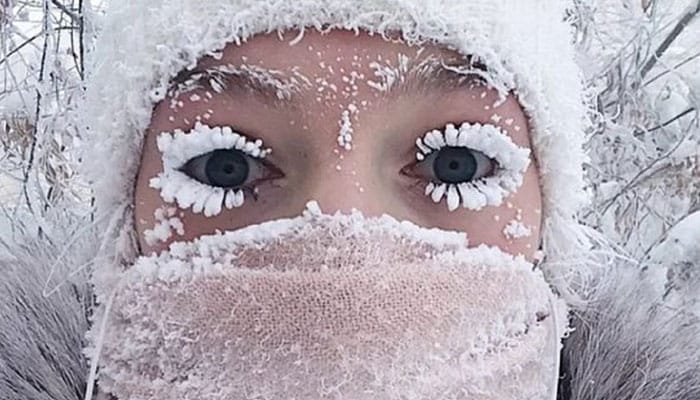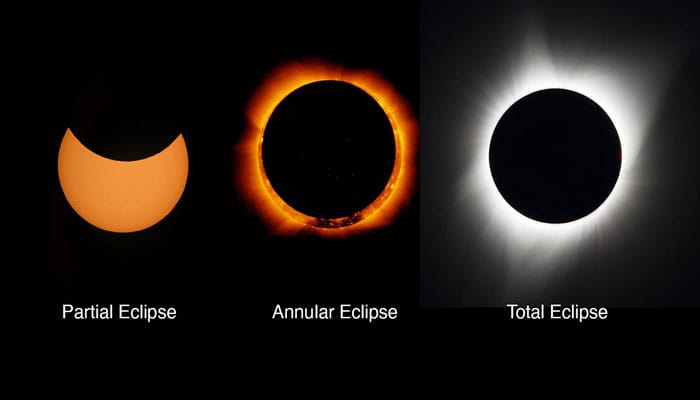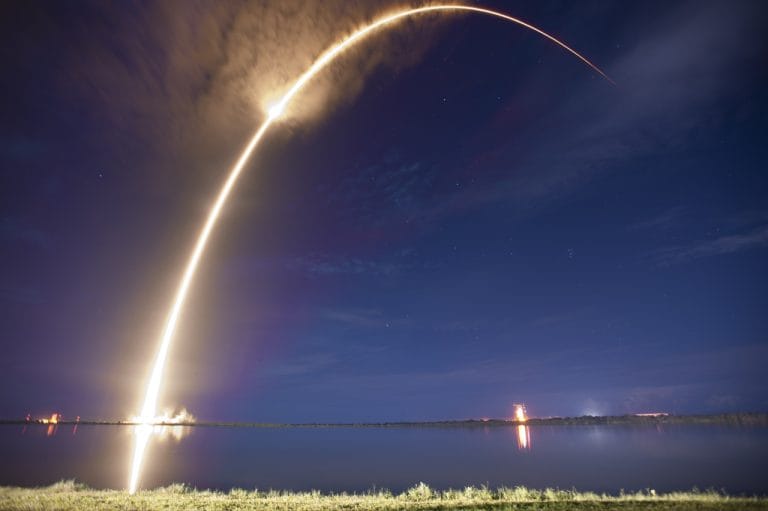Top 10 Coldest Countries in the World 2025. Some parts of the world still experience winter as a constant presence rather than just a season. From the icy plateaus of Antarctica to the barren tundra of northern Canada and the vast highlands of Mongolia, these regions live with winter as an enduring part of their landscape.
As the Iceland’s Blue Lagoon closed after swarm of 1,400 earthquakes rock country.
Average yearly temperatures in some of the coldest regions stay well below freezing, with infrastructure designed to endure long periods of frost. Life in these areas is deeply connected to the cycles of snow, ice, and harsh, prolonged winters.
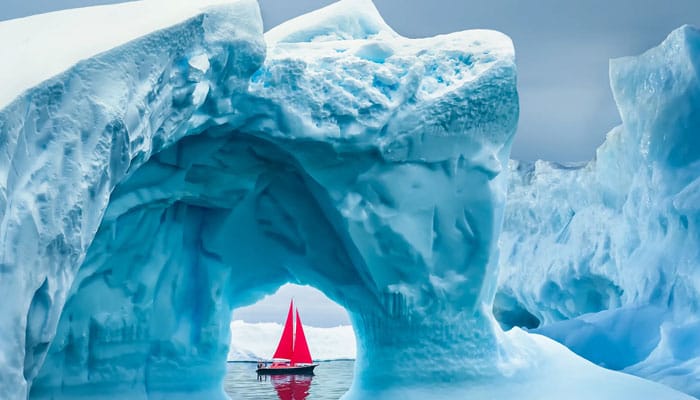
However, even these frigid places are feeling the effects of climate change. In fact, many are warming at a faster rate than the global average. This warming doesn’t mean the cold disappears entirely but rather becomes less predictable. Some years bring heavy snowfall and severe storms, while others see winter arriving later or ending earlier than usual. The stable patterns that once shaped culture, agriculture, and daily routines are starting to change. It’s not just about how cold it gets, but how dependable that cold is. In the planet’s coldest regions, this unpredictability may cause more disruption than the actual increase in temperature.
Below, we explore the coldest countries on Earth and how climate change is expected to affect their ecosystems.
10 Coldest Countries 2025

Why Climate Change Can Lead to Colder Winters
Global warming, or climate change, doesn’t necessarily mean winters become warmer or milder. In many cold areas, it causes greater unpredictability—resulting in not just less cold, but more irregular cold spells. While average temperatures rise over time, extreme weather events become more frequent, so a mild January could suddenly be interrupted by a harsh Arctic blast, or a thaw might quickly turn into a powerful, record-breaking snowstorm.
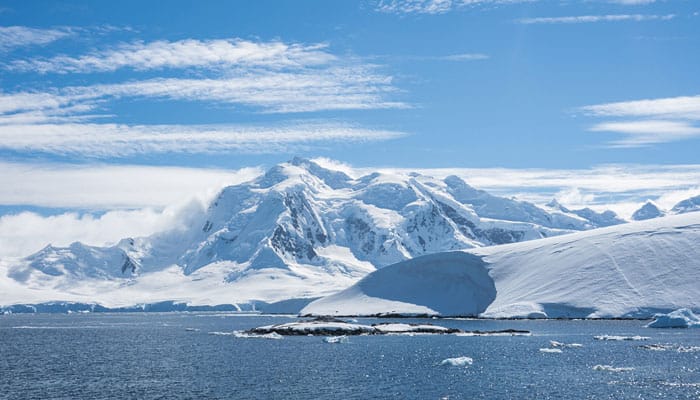
One key factor behind this increased weather volatility is the jet stream, a high-altitude air current that usually keeps the cold polar air confined to the Arctic. As the Arctic warms and sea ice melts, the jet stream weakens and shifts position. This change allows cold Arctic air to move farther south and warmer air to push north, leading to more frequent polar vortex events and sharper seasonal contrasts.
The result isn’t simply a steady rise in temperatures but a climate characterized by sudden fluctuations: heavier snowfalls, delayed freezes, earlier thaws, and overall less predictability. While the coldest countries remain cold, the nature of their cold is shifting.
The Science Behind Warming in Cold Regions
It is well established that many of the coldest areas on Earth are warming at the fastest rates. This is due to a phenomenon called polar amplification. When snow and ice melt, they reduce the Earth’s reflectivity. Normally, bright icy surfaces reflect sunlight back into space, but as they disappear, darker land and ocean beneath absorb more heat, speeding up warming in those regions. This effect is especially strong in places like northern Canada, Greenland, and Siberia, where ice loss now occurs throughout much of the year.
A 2022 study published in Nature Communications Earth & Environment confirmed that the Arctic is warming nearly four times faster than the global average. While regions like the Middle East may experience sharper temperature spikes in summer, it is the Arctic and sub-Arctic areas that are seeing the most significant long-term temperature increases.

